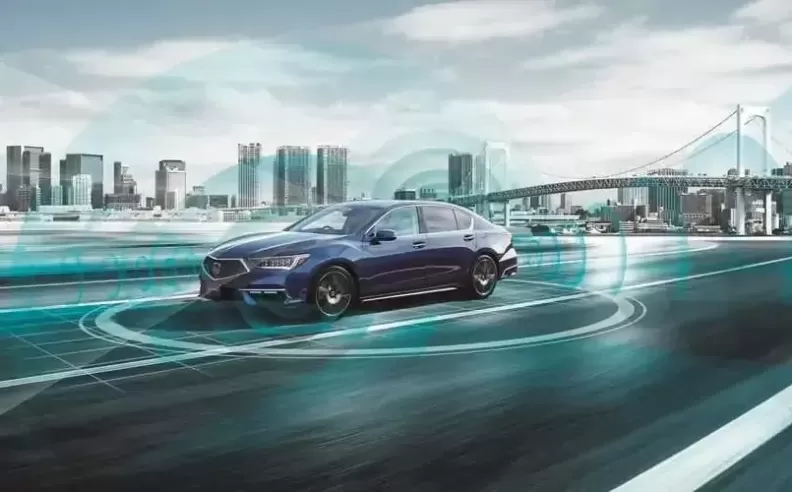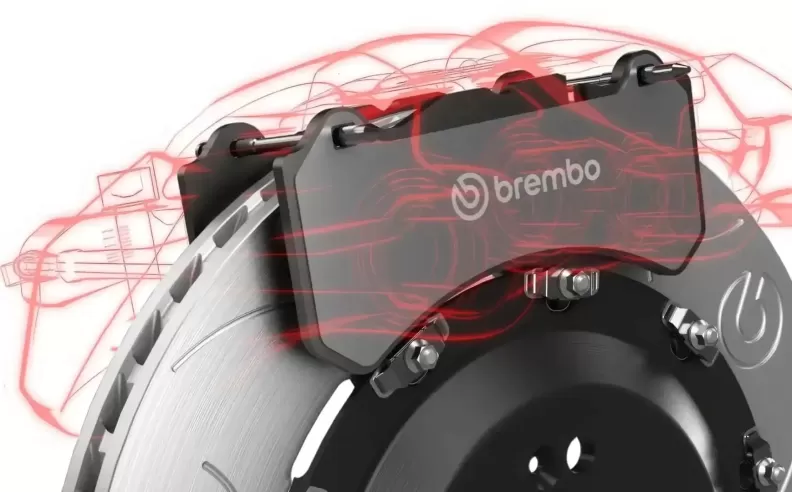
In the evolving landscape of automotive technology, the race towards fully autonomous vehicles has been both tantalizing and contentious. Recent findings published in Nature Communications have sparked a fresh wave of debate, suggesting that human drivers outperform automated systems in crucial scenarios, particularly during twilight and at intersections.

The study, based on an analysis of over 37,000 vehicle collisions, starkly contrasts human-driven vehicles' performance with those equipped with automated driver-assist systems. It reveals a striking statistic: vehicles utilizing automated technologies experienced five times as many crashes during sunrise or sunset compared to their human-operated counterparts. Moreover, in cornering situations, automated systems were involved in twice as many collisions, underscoring significant operational challenges during low-light conditions and complex maneuvers.
One of the primary challenges highlighted by the study lies in the limitations of current sensor and camera technologies employed by automated systems. These technologies often struggle to adapt swiftly to changing light conditions typical of twilight hours. Shadows and fluctuating light levels can confuse algorithms, potentially leading to critical misinterpretations—such as mistaking shadows for obstacles or failing to detect objects altogether.
The study delves into specific scenarios, such as intersections, where human drivers demonstrate superior situational awareness compared to automated systems. Unlike humans, whose perception extends beyond immediate surroundings, automated systems tend to focus narrowly on objects within close proximity. This tunnel vision approach can prove inadequate in dynamic environments like intersections, where anticipating and reacting to various potential hazards is crucial.
Furthermore, the study examines pre-collision behaviors, revealing distinct differences in driving patterns between human and automated control. Human drivers frequently exhibit proactive behaviors such as slowing down or changing lanes prior to potential collisions, whereas vehicles under automated control often maintain steady speeds until emergency maneuvers are initiated.
While driver-assist technologies have undoubtedly made strides in enhancing vehicle safety—particularly in preventing rear-end collisions and maintaining lane discipline—the study underscores that current automated systems remain fundamentally "assists" rather than substitutes for human drivers. They excel in predictable driving conditions but falter when confronted with the unpredictability and nuanced decision-making required in complex real-world scenarios.
As automotive technology continues to evolve, balancing the promise of automation with the demonstrated capabilities of human intuition and adaptability remains a pivotal challenge. The study serves as a poignant reminder that, while the future of autonomous driving holds immense potential, the road to fully autonomous vehicles must navigate through rigorous research, innovation, and refinement to ensure safety and reliability in all driving conditions.

Wael is an automotive content writer specializes in creating written content for Motor 283. Producing a wide range of content, including blog posts, articles, product descriptions, reviews, and technical guides related to cars, trucks, motorcycles, and other vehicles, with an unprecedented passion for cars, and motorcycles.
